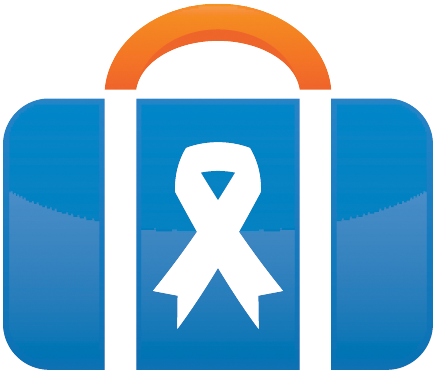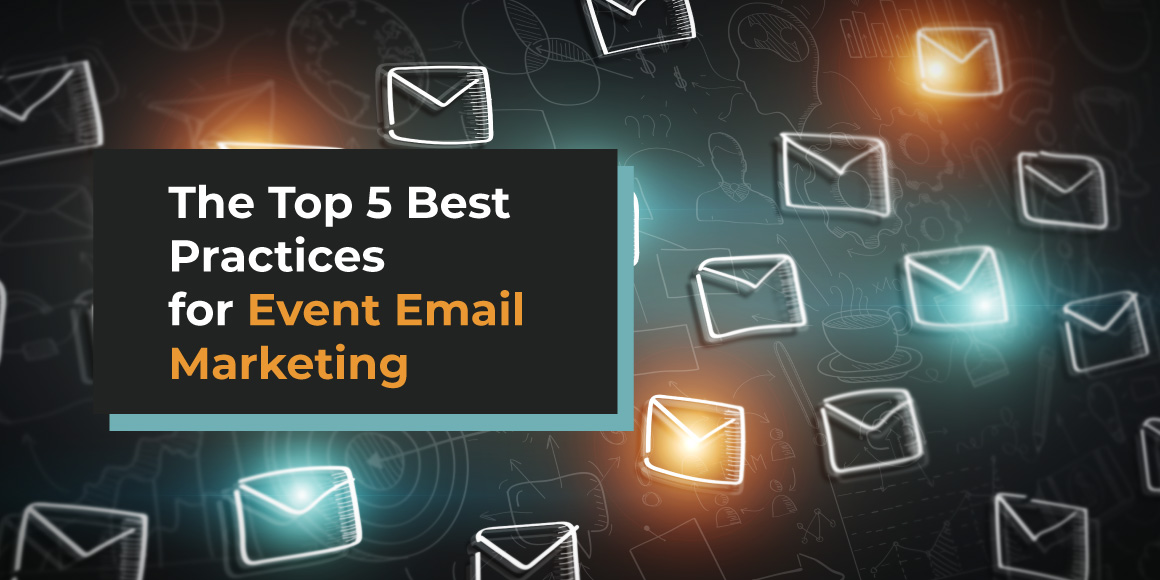Imagine you’re laying the groundwork for your next nonprofit event. You’ve already planned how to set up the venue, acquired auction items, and created the event schedule. There’s only one element missing from your event plans: Getting people to attend.
Your auction or gala might be your most exciting one yet, with unique experiences up for grabs or impactful speakers on the schedule. However, your event will only be successful if you encourage supporters to sign up and get involved.
This is where email marketing comes to the rescue! Email marketing allows you to cut through the digital clutter and speak directly to your audience.
As you create your event email marketing plan, follow these best practices:
- Use your data to determine who your audience is.
- Segment your audience to craft personalized communications.
- Design your messages with mobile screens in mind.
- Optimize your visuals.
- Thank participants after the event.
With these tips in mind, you can significantly increase event attendance and engagement. Let’s get started!
1. Use data to determine who your audience is.
Before reaching out to prospective event attendees, understand who your audience members are and what motivates them. The foundation of your data marketing strategy is the supporter data you collect throughout various interactions.
There are two types of data you should collect:
- In-house data is the information your organization collects on its audience members over time. This includes contact information, communication preferences, social media interactions, and email sign-ups.
- Third-party data is information collected from third-party sources that helps fill gaps in your database. Third-party data can tell you information about a certain audience member’s homeowner status, interests, and marital status, for instance.
Your organization can add third-party data to your supporter database through a data append. AccuData defines a data append as the process of supplementing your current data with information from third-party sources. A data append can help you learn more about your audience so you can determine who will be most interested in your upcoming event.
For example, you may use third-party data to identify local audience members who are interested in philanthropic giving and invite them to the occasion. You can also parse through your in-house data to determine which supporters attended your previous events and reach out to them accordingly.
Additionally, you can build your email audience by partnering with a database marketing firm. Then, you can access custom marketing lists that include individuals with a proven interest in your offerings.
2. Segment your audience to craft personalized communications.
Segmentation is the process of organizing your audience into separate mailing lists based on shared characteristics. This allows you to refine your messaging and communicate with each group in ways that resonate with them.
When it comes to event marketing, consider segmenting your audience based on:
- Demographics: Group your audience members based on age or geographic location. Then, tailor your email outreach to each group. For example, you may send driving directions to your nearby supporters and the live stream link to attendees who live farther away.
- Interests: Your audience is made up of donors, volunteers, and advocates who all engage with your organization for different reasons. By dividing your audience based on interests, you can send different kinds of promotional emails that resonate with each group. For instance, you can send out a call for event volunteers to your volunteer segment or provide information on your fundraising purpose and goals to your donors.
- Engagement level: Divide your audience into two groups: those who have participated in past events and those who haven’t. Then, send reminder emails to past attendees along the lines of “We loved seeing you last year, and we’re so excited for this year’s new and improved event!” To those who haven’t attended before, send information about the purpose of the event and any related fundraising goals to provide the background information they need.
Segmentation allows you to send audience members information that’s most relevant to them, making them more likely to engage. This practice saves your team time and facilitates a more targeted marketing approach. Plus, your supporters will appreciate your efforts to appeal to their interests and preferences.
3. Design your messages with mobile screens in mind.
According to a study by EmailMonday, it’s more common to read email on mobile devices than desktop computers, with about 42% of emails being opened on mobile phones. This means you must take a “mobile-first” approach to your email design to ensure that your content can be viewed on smaller screens.
Optimize your emails for mobile viewing by incorporating the following tips:
- Choose a responsive design that automatically adjusts to various screen sizes. Use an email template that features a mobile-responsive design, and be sure to check the mobile version of your messages before sending them to ensure there aren’t any formatting issues.
- Keep your subject and content brief. Since phone screens are significantly smaller than laptop or desktop screens, your subject lines should be kept brief so they can be read from recipients’ inboxes. A good rule of thumb is to ensure your subjects aren’t longer than 35 characters. The content within the email should also be succinct—mobile viewers should be able to get all the information they need in just a few seconds so they can keep scrolling.
- Make your CTA buttons pop. On mobile devices, your event marketing content is competing with a variety of other notifications, from news updates to social media alerts. Therefore, your email content needs to capture recipients’ attention right away and let them know what action they should take. Your call to action buttons should be large and motivational, telling supporters to “Register Now” or “Give to Support the Cause.” Choose a color for your button that pops against the background so supporters can’t miss it.
Luckily, the same tips that make your emails look good on mobile devices also improve their appearance on desktop and laptop computers as well. Brevity and clear-cut design elements improve the look of email content on any platform. No matter how supporters view your event promotion emails, they’ll appreciate having a streamlined, simplified message that doesn’t take long to interpret.
4. Optimize your visuals.
If you only send emails that consist of long text blocks, you risk losing your audience’s attention. Your emails should include exciting visual elements that give recipients a sneak peek at what they can expect from your event.
For instance, if you’re hosting a charity auction, you should include a look at some of the items that attendees will be able to bid on. When attendees see they have the chance to win a tropical vacation or a golf excursion, they’ll be more inclined to attend your event.
In addition to images of your auction items, you should also include photos that connect your auction’s purpose to your organization’s greater mission. So, if your annual auction funds a community after-school program for kids, you can include images of kids enjoying the program’s activities, as long as you get their parents’ permission. These types of images remind audience members what the event is all about and can influence them to get involved.
When you’re choosing photos for your emails, you’ll want to keep accessibility in mind. Cornershop Creative recommends using visuals with high-contrast colors and adding alt text so visually impaired people can understand what the images are depicting.
5. Thank participants after the event.
Your digital engagement campaign isn’t over when your event concludes. Bring your marketing efforts full circle by following up with attendees and sponsors after the event to thank them for their participation.
Ensure your thank you messages:
- Include personalization. Whether you’re reaching out to sponsors, event attendees, or donors, address your thank you letters with recipients’ preferred names. That way, the messages feel more genuine as participants feel acknowledged for their specific contributions.
- Ask for feedback. Show your supporters that you appreciate their opinions by asking for feedback on your event. Send a short survey via email that asks about aspects such as participants’ overall satisfaction and any recommendations they have for future improvements.
- Leave the door open for future engagement. Once your event concludes, it’s time to start thinking about how you can retain the supporters who have just attended, sponsored, or donated. Let them know what your organization will be doing next and how they can stay involved.
In addition, ensure your post-event emails summarize the results of your event. Share your fundraising metrics, the number of supporters who attended, and what you’ll be able to accomplish due to this support. That way, attendees understand your appreciation for their contributions and how your organization will use those funds.
Don’t let all your event planning go to waste. By following these five best practices, you’ll craft an event email marketing campaign that keeps your supporters’ interests and preferences at the forefront. That way, you can ensure you’re maximizing your event attendance and engagement, which will ultimately enable you to raise more for your cause.





Lindsey John
Great tips on event email marketing! Personalization and timing are key. Thanks for sharing these valuable insights!